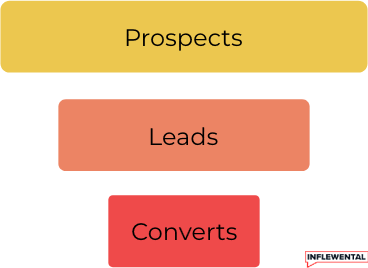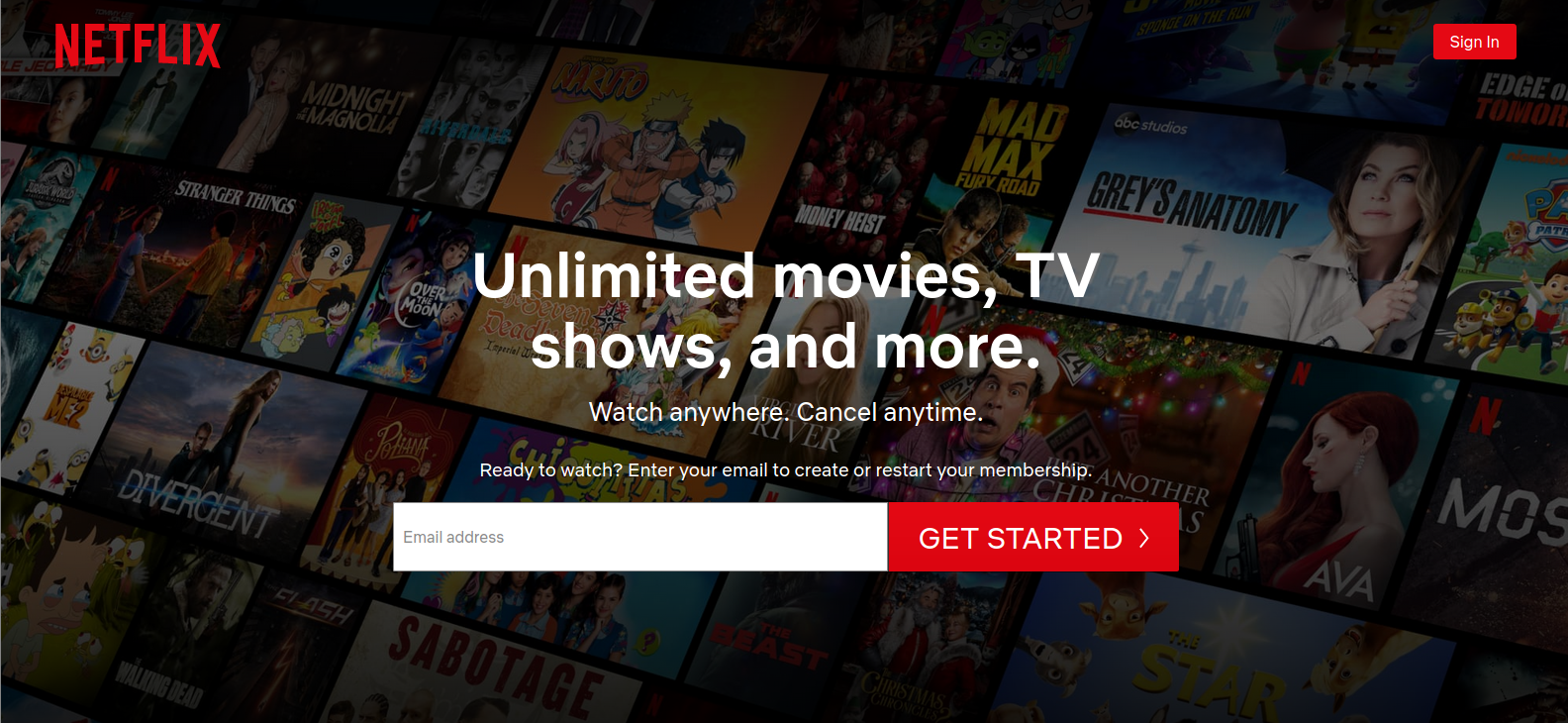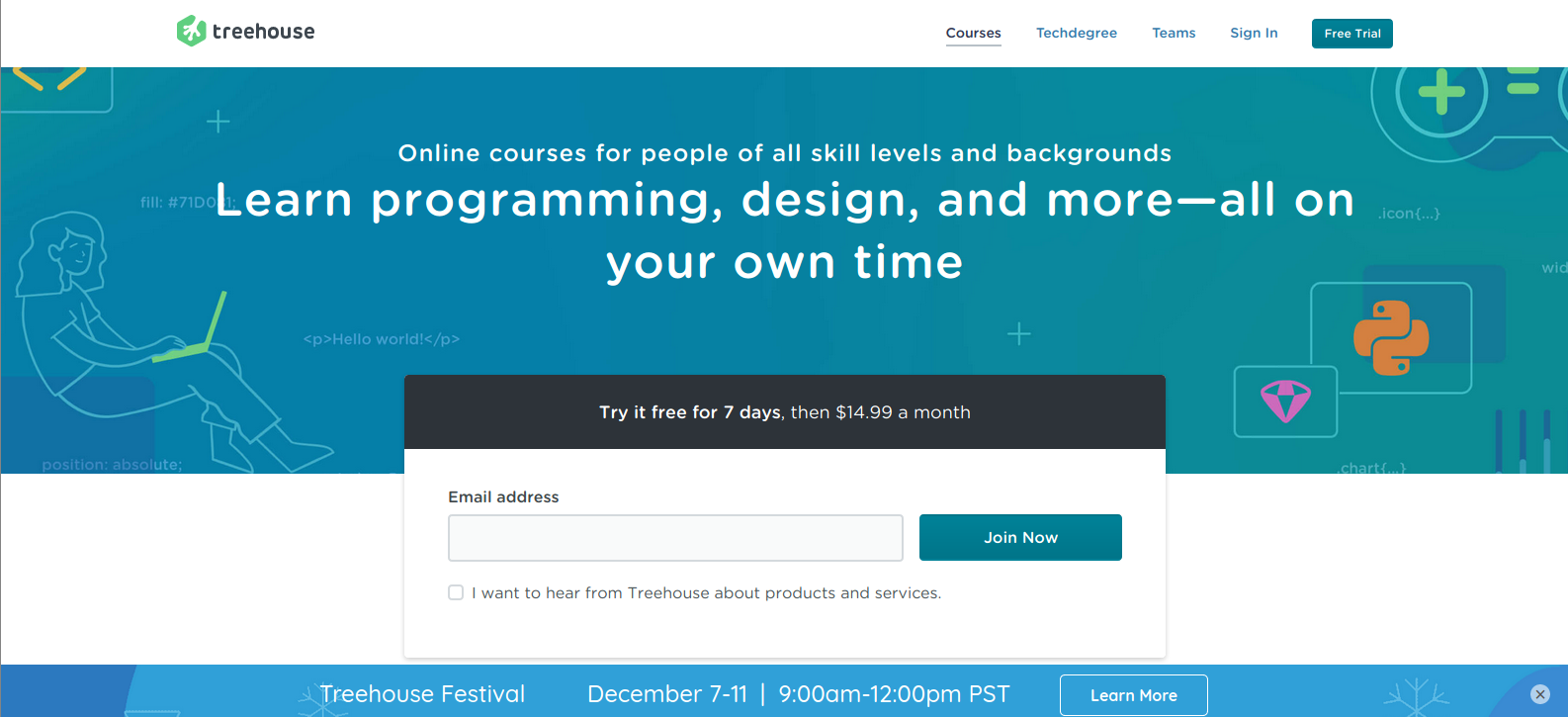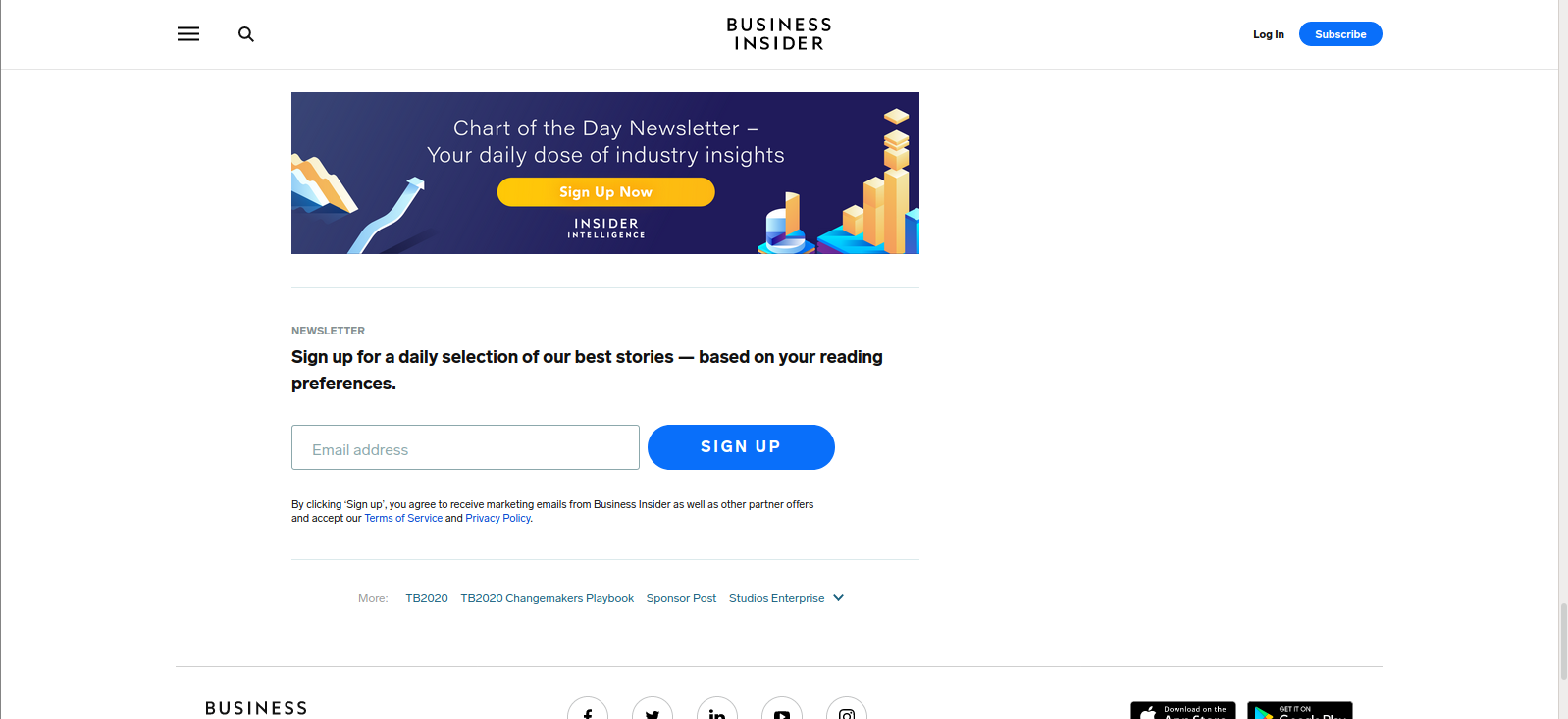Optimizing your sales funnel from top to bottom
by Alex Ferreira
The sales funnel is the bread and butter of any successful marketing. Its purpose is to guide possible customers along with their search for an answer to their problem. You sell your product as the answer, and if you got them convinced of that, then the prospect converts.
The issue is that the concept is broad, and there are many strategies out there. Approaches may vary based on the industry and company you're in. That said, there are some common points to watch out for which indicate your sales funnel needs improvement:
•
Low conversion rates. Though the conversion rate isn't the most important metric, as I'll explain later, it's still important. Especially at the early stages of a company.
•
High lead dropoff. Traffic relates to this the most. Maybe you're getting thousands of visitors to your pages, but if less than 5% are converting, then you have a sales funnel issue.
•
Decreasing revenue. In this case, you're either not exploring your current customer base well or failing to convert more prospects to it. Or both.
Sales funnel optimization is a series of techniques and strategies you can use to increase your relevant metrics. In this article, I'll show you a few of these with actionable steps, from top to bottom.
Given that a sales funnel can have many models, for this article we'll go with a simple one: top, middle and bottom. The top is for prospects, the middle is for leads and bottom is for conversions. This way you can assimilate it to your current model.
 Basic sales funnel model we'll be using, with only top, middle and bottom
Basic sales funnel model we'll be using, with only top, middle and bottom

Basic sales funnel model we'll be using, with only top, middle and bottom
Sales funnel optimization
Top of the funnel
For the first stage of your sales funnel the keyword is awareness. This is the first contact your prospects will have with your brand and solution, so consider that. They likely don't know technical or more in-depth concepts. You should provide that to them.
We're talking about educational content. Some examples include:
•
Guides
•
Case studies
•
Infographics and benchmarks
People are 131% more likely to buy from you if you provide them relevant content that helps them solve their problems.
Providing relevant content is another thing to watch out for in this stage. To show your prospects what they want to see, you must first know who they are and where they come from. You need to analyze the traffic source.
Knowing where they're coming from, whether it's from an organic search result or a paid traffic source, you can figure out their intent. By figuring out their intent, you can define the conversion goal for the page. If they're just looking into general concepts like "programming languages review", they're likely not looking to buy your course outright. However, they could be interested in joining your newsletter. In this case, the prospect becomes a lead in your funnel.
Middle of the funnel
Prospects who make it through the top of the funnel arrive here. They're referred to as leads. Leads are people who are interested in your solution but haven't yet made a conversion. You need to capitalize on their willingness.
Call to action
For this stage of the funnel, the first thing you should check for optimization is your call to action (CTA). This is the action the user takes to convert, whether it's signing up for the newsletter or buying your product. Here's what you should check for in your CTA:
•
The color is in contrast with the rest of the page
•
It's readily recognizable by the user as soon as he arrives on the page
•
It's accessible at the bottom of your content
•
The action varies based on the page's context
Here are a few examples of how some brands apply these concepts well:
 Netflix's landing page has a very identifiable call to action, with contrast and visibility
Netflix's landing page has a very identifiable call to action, with contrast and visibility

Netflix's landing page has a very identifiable call to action, with contrast and visibility
 Treehouse's landing page also has a very identifiable and easy to follow CTA
Treehouse's landing page also has a very identifiable and easy to follow CTA

Treehouse's landing page also has a very identifiable and easy to follow CTA
 Business Insider's end of article CTA is a newsletter, taking the context into consideration
Business Insider's end of article CTA is a newsletter, taking the context into consideration

Business Insider's end of article CTA is a newsletter, taking the context into consideration
Decision
Your leads won't convert just because your CTA is easy to find and follow. Sometimes they'll have issues with how you're delivering content. You can identify these by checking for people who make their through your content, but don't follow through with your CTA. Their reasons are usually:
•
Lack of trust
•
The lead would rather wait
•
Your customer thinks your product is too expensive
Lack of trust stems from their skepticism towards your brand. They might be thinking it's too good to be true. You can address their doubts in many ways, the most effective ones being via proof. Social proof. Some examples include:
•
Testimonials from your current clients
•
References to their websites
•
Outside reviews of your company or service
If you can show your clients that neutral parties attest to the quality of your brand, then you'll build trust with them. About 40% of customers form reviews based on them, and 92% look for reviews online, according to Vendasta.
To address them just waiting, you need to create a sense of urgency. To achieve that, all you have to do is make a limited offer. That limit could be based on stock, time or audience. It could be some funko pop figures on your online shop, a holiday discount or an upcoming raffle for people in your newsletter.
If they think your product is too expensive, then they are just not sold on the value it brings. To be precise, they don't think your product is worth the price you're asking for. This could be caused by you not communicating well the value of what you're selling, or showing them the price too early.
What we just went through are just common reasons for leads not converting, and will vary based on your situation. The key takeaway here is that you should be aiming to address what's keeping them from converting.
Bottom of the funnel
A very common misconception is that the conversion is the end of the sales funnel. That could not be further from the truth. On the contrary, your conversions can help you shape your sales funnel.
We're talking customer retention, engagement and upselling. Remember when I said that your conversion rates aren't the most important metric? That's because if you turn your attention to the clients you already have, then you can generate even more revenue. Like trying to sell face creams to someone who's bought a face soap from you.
You're up to 70% more likely to sell to a customer, whereas the max chance for a lead is 20%, according to Marketing Metrics.
If you're looking to appeal to your existing customers, then as a rule of thumb, the metrics you want to pay attention to are:
•
Returning visitors
•
Orders (from customers who already ordered)
•
Email CTR (in case of newsletters)
Striking a balance
You must strike a balance between appealing to prospects and converts. Content that is engaging for newer prospects might be old news for your older customer base. On the other hand, the specific information that would interest your clients is likely beyond where a newbie is in its journey.
Solutions to maintain the balance between prospects and converts involve:
•
Having a sales funnel with emphasis on people who are at a certain stage. This could be a funnel that's focused on attracting newer prospects, rather than selling to people farther down their journeys and vice-versa. For example, a blog pushing an educational course - it targets a newbie audience and takes advantage of their passage to the intermediary level.
•